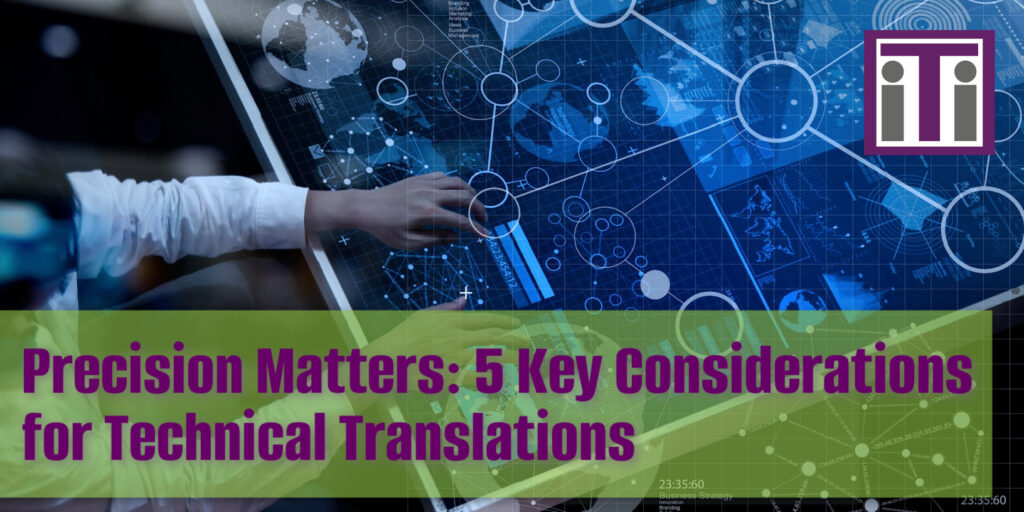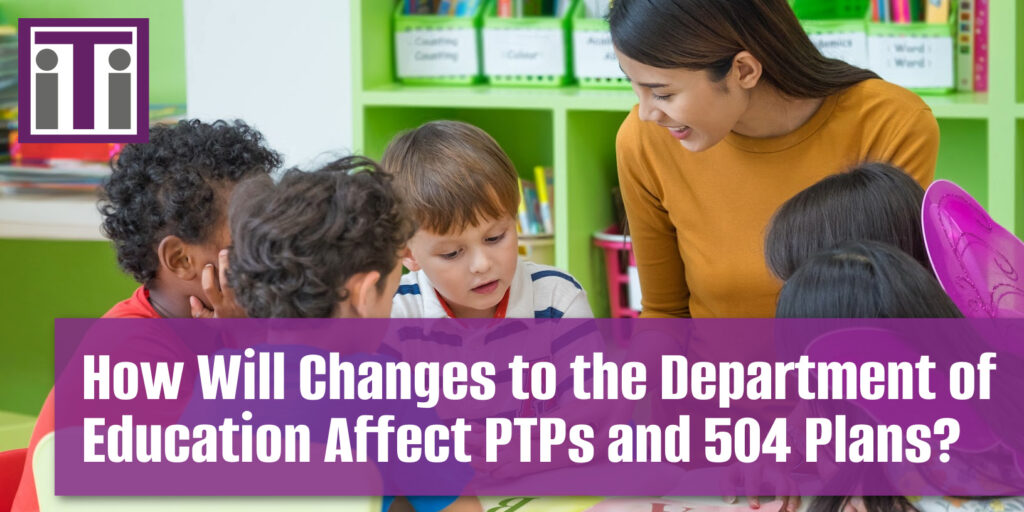The Marriage of Video Remote Interpreting and American Sign Language
Reading Time: ~5 mins

In today’s fast-paced, technology-driven world, the integration of Video Remote Interpreting (VRI) and American Sign Language (ASL) has revolutionized communication for the deaf and hard-of-hearing community. This powerful combination not only enhances accessibility but also ensures compliance with the Americans with Disabilities Act (ADA). Let’s explore how VRI and ASL are transforming the landscape of communication and accessibility.
Understanding Video Remote Interpreting (VRI)
What is Video Remote Interpreting?
Video Remote Interpreting (VRI) is a service that uses video conferencing technology to provide interpreting services remotely. This allows individuals who are deaf or hard of hearing to communicate with hearing individuals in real-time through a qualified interpreter. Depending on the provider, VRI may be accessed on any device that has a camera and microphone, including a computer, tablet or smart phone.
Benefits of VRI
- Immediate Access: VRI provides on-demand access to interpreters, eliminating the need for scheduling and waiting.
- Cost-Effective: Reduces travel expenses and time associated with on-site interpreting.
- Flexibility: Can be used in various settings, including medical, legal, educational, and business environments.

The Role of American Sign Language (ASL)
What is American Sign Language?
American Sign Language (ASL) is a complete, natural language that serves as the predominant sign language of Deaf communities in the United States and most of Anglophone Canada. It has its own grammar and syntax, distinct from English.
Importance of ASL Interpreters
- Effective Communication: ASL interpreters bridge the communication gap between deaf and hearing individuals.
- Cultural Competence: ASL interpreters are often members of the Deaf community, providing culturally appropriate services.
- Legal Compliance: Ensures compliance with legal requirements for accessibility.
The Americans with Disabilities Act (ADA) and Accessibility
Overview of the ADA
The Americans with Disabilities Act (ADA) is a civil rights law that prohibits discrimination against individuals with disabilities in all areas of public life. This includes jobs, schools, transportation, and all public and private places that are open to the general public.
ADA Requirements for Communication
The ADA requires that public accommodations provide auxiliary aids and services to ensure effective communication with individuals with disabilities. This includes the provision of qualified interpreters for individuals who are deaf or hard of hearing.
The Synergy of VRI and ASL
How VRI and ASL Fulfill ADA Requirements
The combination of VRI and ASL interpreters meets the ADA’s requirements for effective communication by providing:
- Qualified Interpreters: Ensuring that interpreters are certified and proficient in ASL.
- Real-Time Communication: Facilitating immediate and effective communication through video technology.
- Accessibility in Various Settings: Making interpreting services available in diverse environments, from hospitals to courtrooms.
Advantages of VRI and ASL Integration
- Enhanced Accessibility: Provides immediate access to ASL interpreters, ensuring that communication barriers are minimized.
- Improved Efficiency: Streamlines the process of obtaining interpreting services, reducing wait times and logistical challenges.
- Cost Savings: Lowers the costs associated with on-site interpreting, making services more affordable and accessible.
Applications of VRI and ASL in Different Sectors
Healthcare
ASL Medical Interpreters
In healthcare settings, the use of ASL medical interpreters via VRI ensures that patients receive accurate and timely information about their health. This is crucial for informed consent, understanding medical procedures, and following treatment plans.
- Immediate Access to Interpreters: Ensures that patients can communicate with healthcare providers without delay.
- Improved Patient Outcomes: Enhances understanding and compliance with medical instructions, leading to better health outcomes.
Education
ASL Video Interpreters in Schools
In educational settings, VRI provides students who are deaf or hard of hearing with equal access to educational content and interactions.
- Inclusive Learning Environments: Ensures that all students can participate fully in classroom activities.
- Support for Remote Learning: Facilitates access to interpreters during virtual classes and online learning platforms.
Legal
Remote Sign Language Interpreters in Legal Settings
 In legal environments, the use of remote sign language interpreters ensures that individuals who are deaf or hard of hearing can fully participate in legal proceedings.
In legal environments, the use of remote sign language interpreters ensures that individuals who are deaf or hard of hearing can fully participate in legal proceedings.
- Access to Justice: Ensures that all individuals have equal access to legal representation and the judicial process.
- Compliance with Legal Standards: Meets the requirements for accessibility in legal settings, as mandated by the ADA.
The Future of VRI and ASL
Technological Advancements
As technology continues to evolve, the capabilities of VRI and ASL interpreting services will expand, offering even greater accessibility and convenience.
- Enhanced Video Quality: Improvements in video technology will provide clearer and more reliable communication.
- Integration with Other Technologies: Combining VRI with other assistive technologies, such as speech-to-text services, will further enhance accessibility.
Expanding Access
Efforts to expand access to VRI and ASL services will continue, ensuring that more individuals can benefit from these essential services.
- Increased Availability: Expanding the availability of VRI services in rural and underserved areas.
- Training and Certification: Ensuring that more interpreters are trained and certified to provide high-quality services.
Conclusion
The marriage of Video Remote Interpreting (VRI) and American Sign Language (ASL) represents a significant advancement in accessibility for the deaf and hard-of-hearing community. By leveraging technology and skilled interpreters, this combination ensures compliance with the Americans with Disabilities Act (ADA) and provides immediate, cost-effective, and flexible communication solutions. As we look to the future, the continued integration of VRI and ASL will play a crucial role in breaking down communication barriers and promoting inclusivity in all areas of life.
By focusing on the synergy between VRI and ASL, we can create a more inclusive and accessible world for everyone. Whether in healthcare, education, or legal settings, the combination of these services ensures that individuals who are deaf or hard of hearing have the tools they need to communicate effectively and participate fully in society.
| Talk to an Expert |
Interpreters and Translators, Inc. is a full-service language solutions company based in Glastonbury, Connecticut. iTi is an NMSDC-certified minority owned business.





